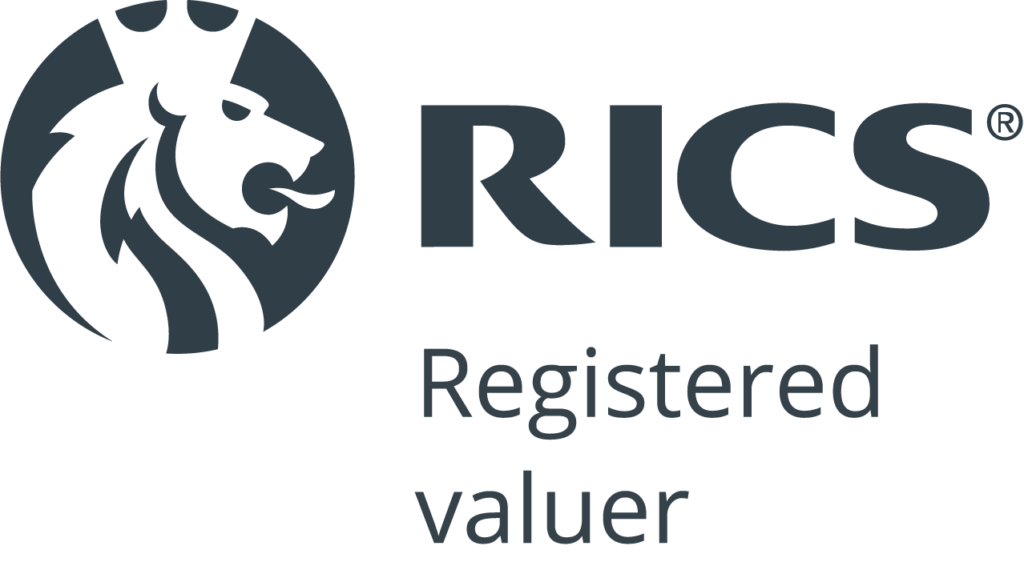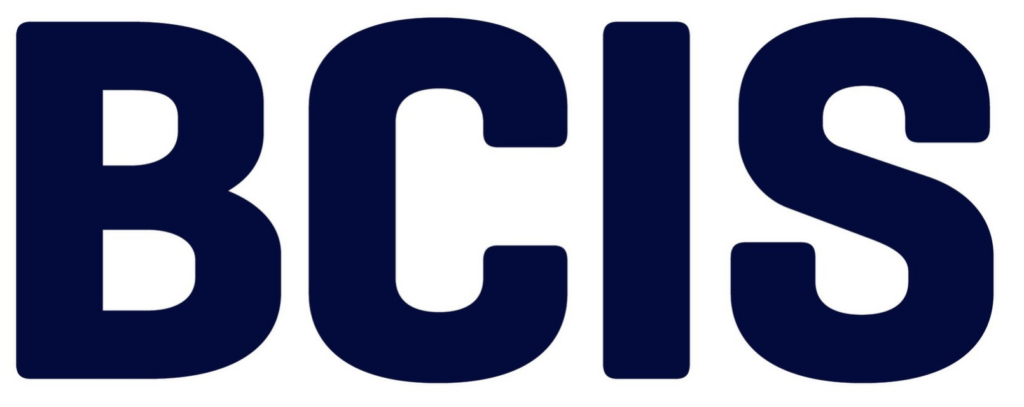What Do Red Condition Ratings Mean on a House Survey?
When buying a property in the UK, commissioning a professional house survey is an essential part of the due diligence process. Whether you’re purchasing a modern home or a period property, understanding the property’s true condition is crucial. At Dunham Hale Chartered Surveyors, we specialise in RICS Level 3 Building Surveys (formally known as a structural survey) that provide a detailed breakdown of the property’s structure, safety, and any defects.
But what do the red condition ratings in your survey report actually mean? In this article, we explain the meaning of red flags in a Level 3 Building Survey, identify the most common serious issues, and outline what steps to take if your report highlights problems.
What Are Red Condition Ratings?
Most RICS survey reports use a traffic light system:
- Green (Condition Rating 1): No repair needed.
- Amber (Condition Rating 2): Some defects that require attention but are not urgent.
- Red (Condition Rating 3): Serious issues requiring urgent repair, investigation or replacement.
A red rating (Condition 3) signals a significant defect, often with potential safety risks or costly implications. These are common in older or poorly maintained properties and are particularly well-identified in a Level 3 Building Survey.
Common Red Flags in a RICS Level 3 Building Survey
Here are the most frequent issues that might trigger a red condition rating in a Building Survey.
1. Structural Movement or Subsidence
This is one of the most critical red flags. Structural movement or subsidence can compromise the safety and value of the property.
Key indicators:
- Large, stepped or diagonal cracks
- Sloping or uneven floors
- Misaligned doors and windows
Recommended action: Contact a structural engineer for further investigation. Severe cases may require underpinning, which is an expensive and disruptive process.
2. Damp and Mould
Damp is one of the most common issues picked up in RICS Building Surveys. It can damage timbers, finishes, and cause health concerns.
Red flag symptoms:
- Musty smells
- Discoloured or peeling paint
- Mould growth on walls or ceilings
What to do: Identify the source of moisture. This may involve repairing roof leaks, fixing guttering, improving ventilation, or upgrading the damp-proof course. For peace of mind, a damp specialist inspection is advised.
3. Roofing Defects
Your roof is a primary defence against weather damage. Inadequate roofing can lead to leaks and interior deterioration.
Common concerns:
- Missing or loose roof tiles
- Sagging roof structure
- Evidence of water ingress inside (stains on ceilings)
- Poor ventilation or insulation
Action required: Consult a roofing contractor. Repairs can vary in cost, and full replacement may be needed.
Tip: At Dunham Hale, we offer a Free Drone Survey with all Level 3 Building Surveys, ideal for inspecting roofs, chimneys and high-level structures safely and thoroughly.
4. Outdated Electrical, Gas or Plumbing Systems
Older installations may not meet modern safety standards, posing potential risks and repair costs.
Typical red flags:
- Outdated consumer units or fuse boxes
- DIY wiring or exposed cables
- Poor water pressure or signs of leaks
Next steps: Arrange Electrical Installation Condition Reports (EICRs) and a Gas Safe inspection. Rewiring or updating heating systems can be costly but necessary.
5. Timber Defects and Woodworm
Compromised timber can affect roof structures, floors and internal walls, especially in older properties.
Red flags:
- Small boreholes in beams or skirting boards
- Frass (wood dust)
- Timber that feels soft or damp
Treatment: Timber specialists can treat woodworm and rot, but heavily damaged areas may need full replacement.
6. Drainage and Ground Stability Issues
Poor drainage can lead to rising damp, flooding or even subsidence.
Surveyor red flags:
- Pooling water around foundations
- Blocked or damaged drains
- Movement in paths or external walls
Suggested action: Commission a CCTV drain survey for an accurate diagnosis. For unstable ground, a geotechnical report may be necessary.
What to Do If Your Survey Shows Condition Rating 3 (Red)
Seeing red doesn’t mean walking away, it means doing your homework.
Your options:
- Renegotiate: Use the findings to negotiate a lower purchase price.
- Get expert quotes: Bring in specialists to quote for repairs so you understand the true cost.
- Consider refurbishment: If planning a full renovation, some defects may be less concerning, but always ensure safety first.
Advice for Sellers
If you’re selling a property and red flags appear in a buyer’s report:
- Be transparent, consider getting your own RICS Level 3 survey to identify and rectify issues early
- Get repair quotes to show good faith
- Be prepared to renegotiate or offer to complete some repairs
A well-documented repair history and recent surveys can build buyer confidence.
Why Choose Dunham Hale Chartered Surveyors?
At Dunham Hale Chartered Surveyors, we combine traditional expertise with modern tools like drone inspections to deliver detailed, efficient and cost-effective RICS Level 3 Building Surveys. Whether you’re buying a listed building, an ex-local authority property, or a modern home with hidden issues, our team is here to help you make informed decisions.
Every survey includes:
- Comprehensive digital report with photos
- Clear traffic-light condition ratings
- Summary of recommended repairs
- Free Drone Roof Survey (where safe and permitted)
Conclusion
A RICS Building Survey is your best defence against unexpected costs and nasty surprises. Red condition ratings highlight serious issues, but with the right advice and follow-up investigations, even homes with red flags can still be great investments.
Get in touch with Dunham Hale Chartered Surveyors to arrange your survey, and ensure your next move is a smart one.
📞 Call us today to book your Level 3 Building Survey or request a Free Drone Inspection.






